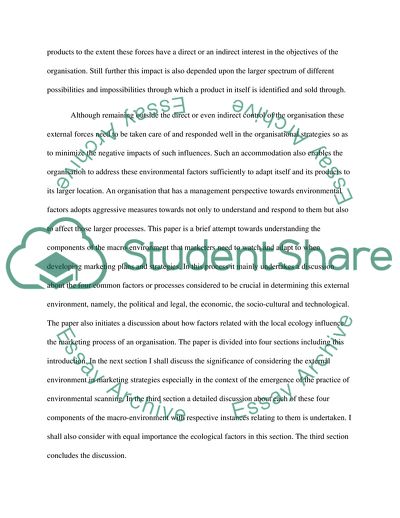Cite this document
(Significance of External Environment in Marketing Research Paper - 1, n.d.)
Significance of External Environment in Marketing Research Paper - 1. Retrieved from https://studentshare.org/marketing/1738880-marketing-environment
Significance of External Environment in Marketing Research Paper - 1. Retrieved from https://studentshare.org/marketing/1738880-marketing-environment
(Significance of External Environment in Marketing Research Paper - 1)
Significance of External Environment in Marketing Research Paper - 1. https://studentshare.org/marketing/1738880-marketing-environment.
Significance of External Environment in Marketing Research Paper - 1. https://studentshare.org/marketing/1738880-marketing-environment.
“Significance of External Environment in Marketing Research Paper - 1”. https://studentshare.org/marketing/1738880-marketing-environment.


